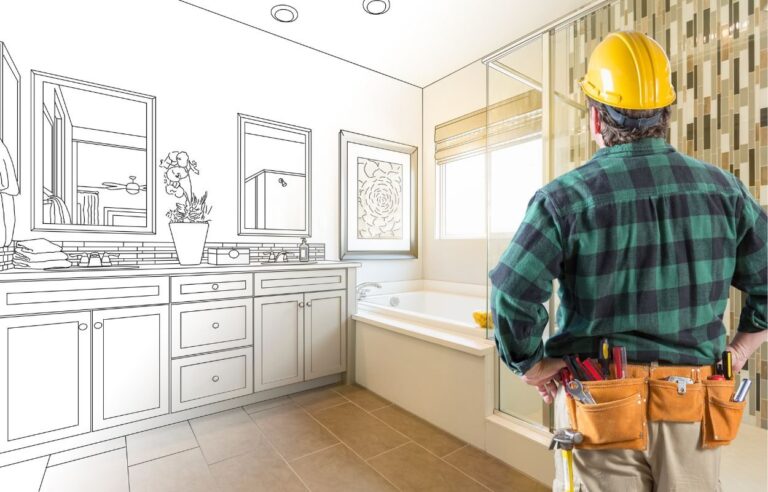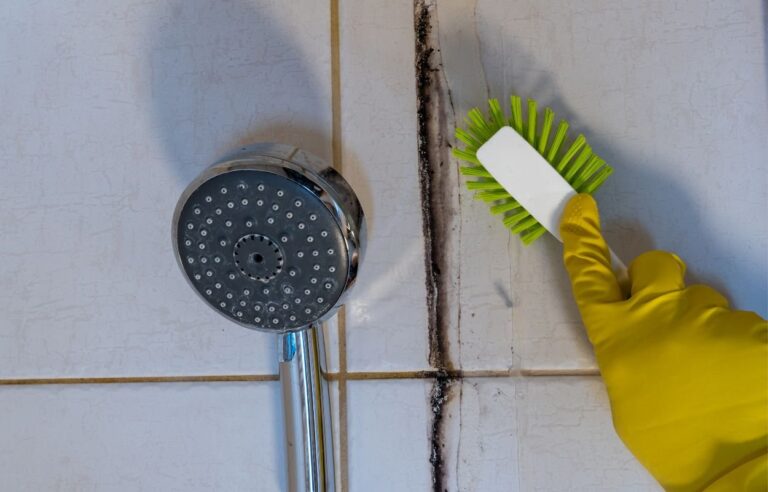Reclaimed Materials: Best Practices for Salvaging and Reusing
In today’s environmentally conscious world, the reuse of materials is not just a cost-effective strategy but a crucial step towards sustainable development. Reclaiming materials from demolition and renovation projects not only reduces waste but also preserves the embodied energy originally used in manufacturing these materials. This blog outlines best practices for salvaging and reusing materials to help maximize their value and minimize environmental impact.
1. Planning Ahead
Effective salvaging begins with careful planning. Before the demolition or renovation starts, conduct a thorough audit of the existing materials and structures. Identify which materials can be reclaimed, such as wood, metal, bricks, and fixtures. This early assessment helps in deciding which tools and methods will be most effective for removal and preservation.
2. Prioritize Deconstruction Over Demolition
Deconstruction is a method where buildings are systematically dismantled to salvage as many materials as possible. Unlike demolition, which often involves wrecking and breaking down a building, deconstruction focuses on preserving the integrity of materials so they can be reused. Training your team in deconstruction techniques is crucial for maximizing material recovery.
3. Use the Right Tools and Techniques
Using the correct tools and techniques is essential for salvaging materials without damaging them. For example, when removing hardwood floors or tiles, using the right pry bars, saws, and hammers will ensure materials are not cracked or broken. It’s also important to carefully remove nails and screws to prevent wood from splitting.
4. Clean and Prepare Materials
Once materials are salvaged, they should be cleaned and prepared for reuse. This might include removing nails from wood, cleaning bricks, and stripping paint. Proper preparation not only enhances the aesthetic appeal of these materials but also increases their marketability and usability in new projects.
5. Inventory and Storage
Organize and store reclaimed materials properly to prevent damage and decay. Keep materials dry and covered, ideally in a climate-controlled environment. Accurate labeling and inventorying help in tracking materials and making them easily accessible for future projects.
6. Promote Reclaimed Materials
Awareness is key to increasing the use of reclaimed materials. Promote the availability and benefits of reclaimed materials through marketing efforts. Showcase successful projects where reclaimed materials have been used effectively to demonstrate their potential and appeal.
7. Understand Regulations and Standards
Be aware of the regulations and standards governing the use of reclaimed materials. Some materials, such as those previously used in construction, may need to meet specific safety standards before they can be reused. Compliance is essential to ensure the safety and legality of using reclaimed materials.
8. Partner with Local Businesses and Artisans
Building partnerships with local artisans, construction firms, and DIY enthusiasts can help create a market for reclaimed materials. These collaborations can also inspire innovative uses of materials that might otherwise be discarded.
Conclusion
Reclaimed materials offer a sustainable alternative to new materials, reducing both environmental impact and construction costs. By implementing these best practices for salvaging and reusing materials, businesses and individuals can contribute to a more sustainable future while embracing the unique aesthetic and historical value that reclaimed materials provide. Embrace the old to create something new and sustainable for the future!
Deconstructors demolition .inc





